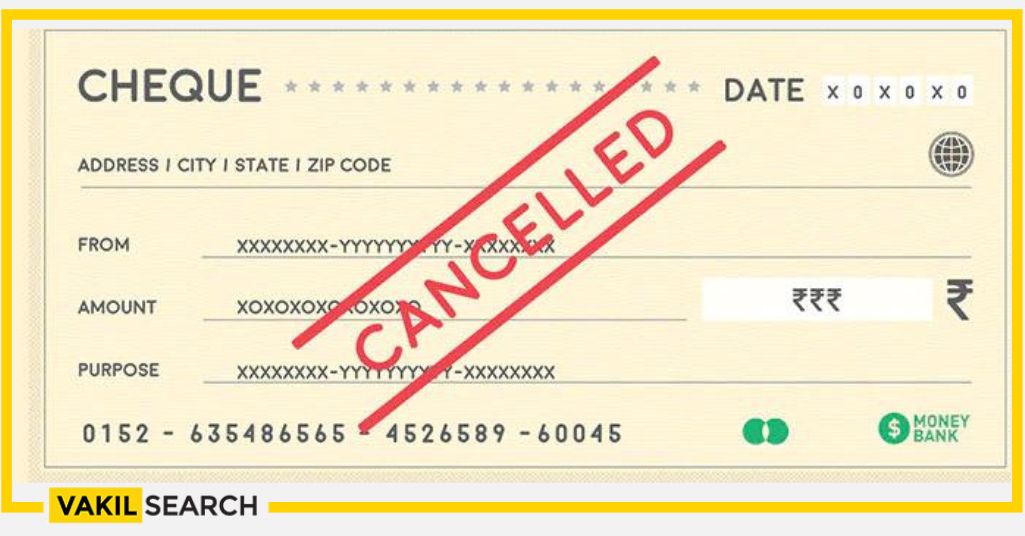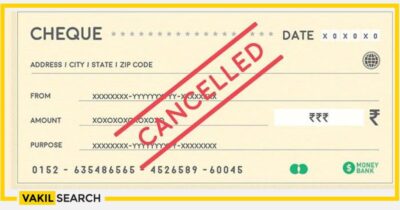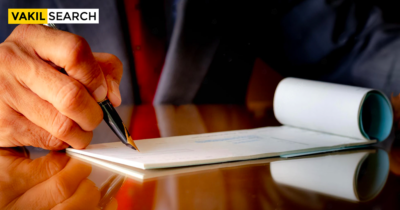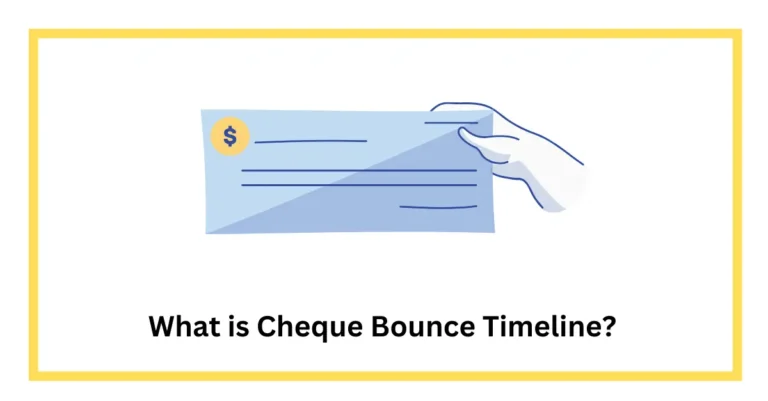Learn about cancelled cheques, their uses in banking, and how to handle them safely. Get tips on cheque management and fraud prevention in this comprehensive guide.
Overview:
A cancelled cheque is a key tool in banking. It plays an important role in many financial tasks. It is a cheque that has ‘cancelled’ written across it. But it does not mean the cheque is void or has no use. It is not meant for payments but is proof of your banking details. The cancelled cheque holds your account number, the cheque number, and the name of the bank.
This guide will help you know more about cancel cheques and why they matter.
What is a Cancelled Cheque?
A cancelled cheque leaf is one that we mark with the word ‘cancelled’. We write this word across the front of the cheque. This marking means that no one can use the cheque to take out money. But the cheque still has value. It shows your bank details clearly. These details include the bank’s name, your name, and your account number. The cheque also has a unique cheque number. A cancelled cheque is a safe way to share your banking information.
Purpose of a Cancelled Cheque
There are many uses for a cancelled cheque leaf. It is a helpful tool in banking. One of its main uses is to set up an Electronic Clearing Service (ECS). This service lets you make payments automatically from your bank account. For this, the bank needs your account details. A cancel cheque gives them these details in a secure way.
You may also need a cancelled check to finish the Know Your Customer (KYC) process. This process is done by financial firms. They use it to verify the identity of their clients. A cancelled check helps them check your banking details.
So, a cancel cheque is a simple but important tool. It helps you share your banking information safely.
How to Cancel a Cheque?
Canceling a cheque is an easy task. It only needs a few steps. Here is a simple guide:
- Take a blank cheque from your chequebook.
- Draw two parallel lines across the cheque. Do this from the top left to the bottom right. Be sure not to cover the details on the cheque.
- Write ‘CANCELLED‘ between these two lines. Use bold and clear letters.
- Do not sign the cheque. A cancelled cheque must not have a signature.
These steps make sure your cheque is cancelled. It now shows your banking details without risk of misuse.
Where a Cancelled Check is Required?
- If you are investing in mutual funds, the company may ask for a cancelled check. This helps them verify your bank account. It also allows them to set up an automatic investment plan.
- In jobs, the employer may ask for a cancel cheque. It helps them set up direct deposit for your salary.
- So, a cancelled cheque is a useful tool in many scenarios. It helps verify your bank details in a secure way.
Cancelled Cheque and Electronic Clearing System (ECS)
The Electronic Clearing System (ECS) is a common banking process. It lets us make automatic payments and transfers. A cancel check is often needed to set up ECS. This cheque provides all the necessary banking details. It shows the bank name, your name, and your account number. The ECS process uses these details to set up automatic transactions. This way, the ECS knows where to take money from or send it to. Thus, a cancelled cheque helps make ECS safe and accurate.
Cancelled Cheque and Know Your Customer (KYC)
Know Your Customer, or KYC is a vital process in banking. It helps banks know their customers better. This process needs proof of identity and address. It can be this proof. It has your name, account number, and bank’s name. Banks see this cheque as a valid document. It helps them confirm your banking details. It also proves that the account is yours. So, a cancelled check plays an important role in KYC.
Fraud Risks Associated with Cancelled Cheques
Cancelled cheques can be a target for fraud. It carries your bank details. So, if it falls into the wrong hands, it can lead to misuse. Someone might try to forge your signature. They could create a fake cheque. This act can lead to loss of money. To prevent this, keep your cheques safe. Only give a cancelled check when it’s needed. Do not leave your cheque book in public places. If you lose a cheque, report it to your bank at once. Thus, careful handling can prevent cheque fraud risks.
The Difference Between a Cancelled Cheque and a Dishonoured Cheque
A cancelled cheque and a dishonoured cheque are two different things. It is one that has ‘cancelled’ written across it. This marking shows that it cannot be used to withdraw money. The cheque still holds value as it displays banking details. It has your account number, the bank’s name, and your name. A dishonoured cheque, on the other hand, is one that the bank cannot process. It happens when there are insufficient funds in your account or the cheque is not valid. The bank returns the cheque and charges a fee. Thus, a cancelled cheque is still useful, but a dishonoured cheque is not.
Conclusion
In conclusion, a cancelled cheque is an important banking document. Although it cannot be used for transactions, it carries your bank details. This information can be used for automated transactions, KYC, and other banking tasks. The cheque details help banks identify their customers better. However, a cancelled cheque can also be misused for fraud. Hence, it is important to handle it with care. Proper cheque management is necessary to avoid any fraudulent activities.
Overall, a cancelled cheque is a useful tool in banking, and it should be handled responsibly to ensure safe and secure transactions.









